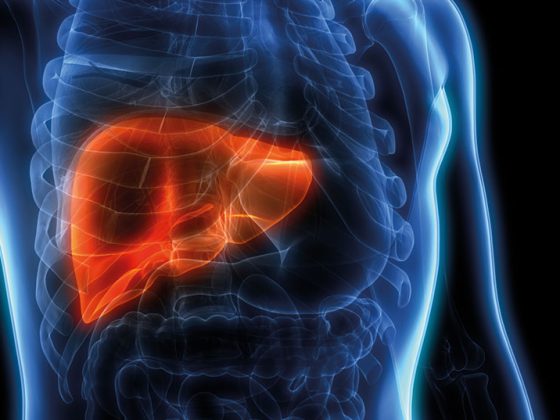Alzheimer’s disease is the most common form of neurodegenerative disease in individuals over the age of 65 and is characterized by progressive dementia. The goal of current Alzheimer’s research is to detect these disorders at an early stage and to develop disease-modifying treatment approaches accordingly. The first promising opportunities exist.
If one looks more closely at the clinical course of Alzheimer’s disease, the classic early symptom is described as new memory impairment in short-term memory and learning. There is also a link to age-associated cognitive deterioration, which complicates the classification of indifferent early symptoms in the disease process. As the disease progresses, the complaints become more specific and progress from episodic disturbances of autobiographical memory and a disturbance of visuo-spatial thinking to speech disorders and motor and vegetative disturbances.
The pathophysiological cascade of the disease often begins ten to 15 years before patients present for the first time. Biomarkers in the CSF or different imaging techniques can provide information about the status of AD and the presence of a possible subtype. A recent study demonstrated asymmetric right focal atrophy in the temporoparietal area in Alzheimer’s dementia (AD) patients who had poorer visuospatial function compared with symptomatic AD patients. The different subtypes are probably also due to the fact that neurodegeneration starts at different areas and becomes manifest at certain vulnerable sites.
Biomarker in focus
The two main biomarkers examined in CSF diagnostics are decreased levels of beta-amyloid proteins and increased levels of tau proteins. However, it can be repeatedly observed that both proteins also vary independently of each other and do not always show conspicuous values at the time of diagnosis. Therefore, especially in AD, not all patients are found in the quadrant of baseline diagnosis. Nevertheless, CSF analysis remains one of the strengths in AD diagnostics due to its clear biomarkers. However, since this is preceded by a rather invasive procedure, research has been going on for years in the direction of blood plasma analysis. A brand new technique has been developed to detect minute amounts of a protein fragment associated with Alzheimer’s disease in the blood. In addition, we investigated whether the protein Phospo-tau 217 can also reflect the exact stage of the disease.
Effective treatment starts early
With improved early diagnostics, the therapeutic window is increasingly shifting to the preclinical setting. The focus is on the prevention of Alzheimer’s disease for people at increased risk. In addition, several studies on disease-modifying agents are ongoing, the outcome of which is eagerly awaited. One example is antibody-based therapy with the active ingredient aducanumab. After the first analysis showed no significant effects, however, the follow-up analysis over a longer period of time and especially at a high dose did show positive effects. Until the new agents can be used, what remains is the protection of cognitive reserves based on lifestyle factors and the reduction of risk factors. In this regard, WHO has issued guidelines with specific behavioral advice for patients, providing evidence-based guidance on exercise, diet, and also social factors.
Source: DGN 2020
InFo NEUROLOGY & PSYCHIATRY 2021; 19(1): 34 (published 2.2.21, ahead of print).












